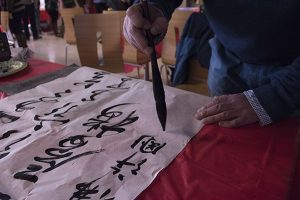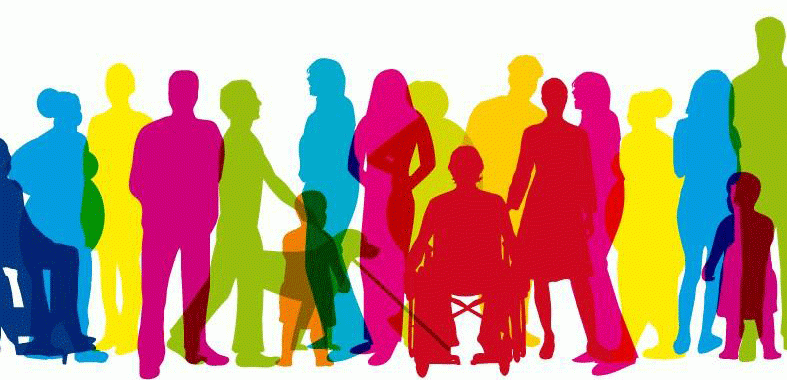25 to Life
Written by: Aaron Futrell
I was 13 in 1992 when the Ku Klux Klan (KKK) decided to descend on the neighborhood where I grew up. They chose to hold an event on MLK Day, which drew the national media to my neighborhood, way before James Holmes stepped into Century 16. I was 13 and had no clue how much of an impact that this one event would have on my life, as well as how it would shape my interactions with other people. I grew up being mesmerized by the stories of Harriet Tubman, Langston Hughes, W.E.B Dubois, Emmitt Till, and for the most part, I celebrate Martin Luther King, Jr. as my hero.
Twenty-five years later on Aug 12, 2017, eight years after the United States elected the first African American President, we have now come to a crossroads with much divisive rhetoric still dominating the media. The KKK also still exists, even though their branding and recruitment efforts have changed to mask their identity, calling themselves White Nationalists or the Alt-Right. These groups claim discrimination. Caucasians will soon be a minority in the U.S. since America has become a melting pot of diverse cultures, and they would like to see a return to the origins of our country.
I remember the first time I heard someone call a friend “a nigger”; this surprised me, as the person who spewed this hateful and painful word was a member of my Scout Troop, and though I did not always get along with this person, it stung. I still had to have interactions afterwards with that person as we shared many classes together.
Another time, two years ago, I was in a small farming town in Colorado. My family and I were walking back to the bed and breakfast, after the fireworks show ended; a young child said, “Nigger, go back home – you monkey.” I left shocked and disgusted by the hate and vile things that came from this young person.
The recent events on the campus in Charlottesville, VA was not about keeping statues that celebrated the heritage of the university. It actually was a racist organization trying to stoke the fires of hate and fear and recruit new members in the name of Southern heritage and preservation of their history. This provided a platform for the world to see the new faces of the KKK, who have taken the hoods off in an attempt to reclaim their identity.
As an adult, I see people standing up against hate and prejudice and want to join in uniting the world instead of dividing it. The names I mentioned earlier all were African-American Civil rights icons in the same vein that Susan B. Anthony was. We can now add to the list of civil rights defenders the civilian protester who was killed when an Alt-Right sympathizer drove into the crowd, mowing her down, and ending her life.
We as students can learn a lot from the events in Virginia, on campuses that promote diversity through various ways; whether it be lectures, guest speakers, or student organizations. Our colleges remain one of best places when it comes to unity.
Virginia showed us what a broken community looks like when evil creeps in and destroys what once was a beautiful city. We will reach a turning point as the monuments of America’s racist past are falling. America cannot turn back, and we will leave our racist past where it belongs, and look toward future.

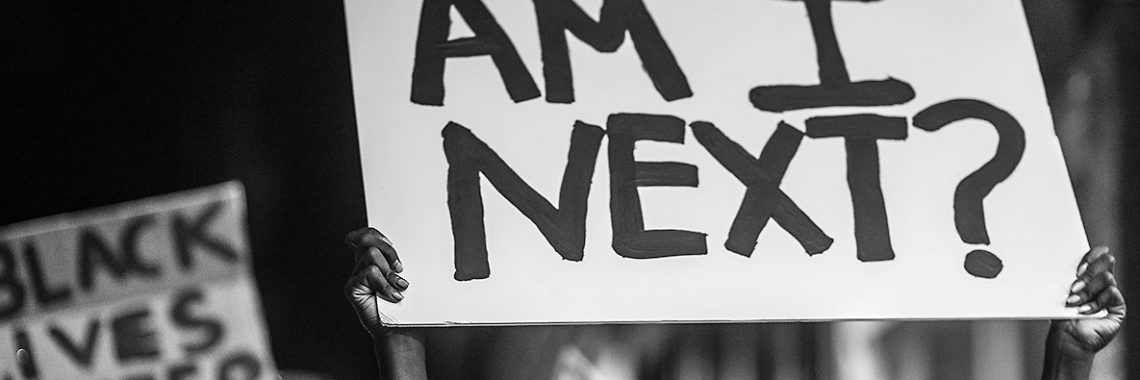
 I started experimenting with various styles during my first year of grad school and that is when colleagues started commenting on my hair. If I wore a wig I heard, “Oh! Your hair is so big, today!” If I decided to wear my natural hair, “Wow! Your hair is so short!” If I walked in with 18 inches of weave, “How did you get it in there? It’s so long!” It got to the point where some professionals at my graduate institution decided how I should wear my hair to interview for professional jobs.
I started experimenting with various styles during my first year of grad school and that is when colleagues started commenting on my hair. If I wore a wig I heard, “Oh! Your hair is so big, today!” If I decided to wear my natural hair, “Wow! Your hair is so short!” If I walked in with 18 inches of weave, “How did you get it in there? It’s so long!” It got to the point where some professionals at my graduate institution decided how I should wear my hair to interview for professional jobs. Tristen Johnson is currently a Residence Hall Director at the University of Illinois at Urbana-Champaign and a second-year doctoral student Illinois State University.
Tristen Johnson is currently a Residence Hall Director at the University of Illinois at Urbana-Champaign and a second-year doctoral student Illinois State University.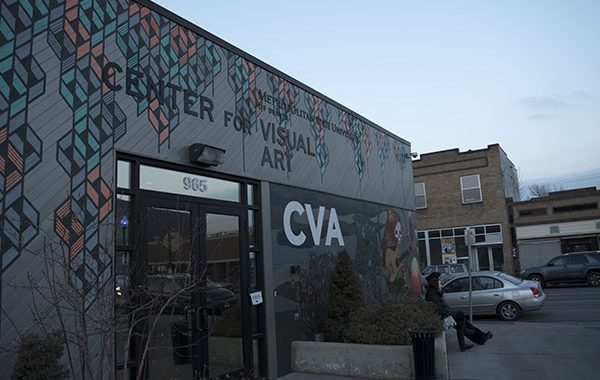

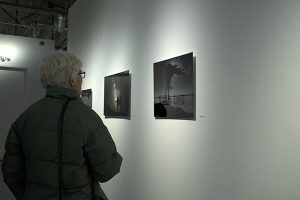

 On Wednesday, February 1st, Metropolitan State University of Denver hosted the Chinese New Year Celebration for 2017. The event was held in the Student Success Building on the Auraria campus. Students, Faculty, & Staff came together to explore elements of the Chinese culture.
On Wednesday, February 1st, Metropolitan State University of Denver hosted the Chinese New Year Celebration for 2017. The event was held in the Student Success Building on the Auraria campus. Students, Faculty, & Staff came together to explore elements of the Chinese culture.